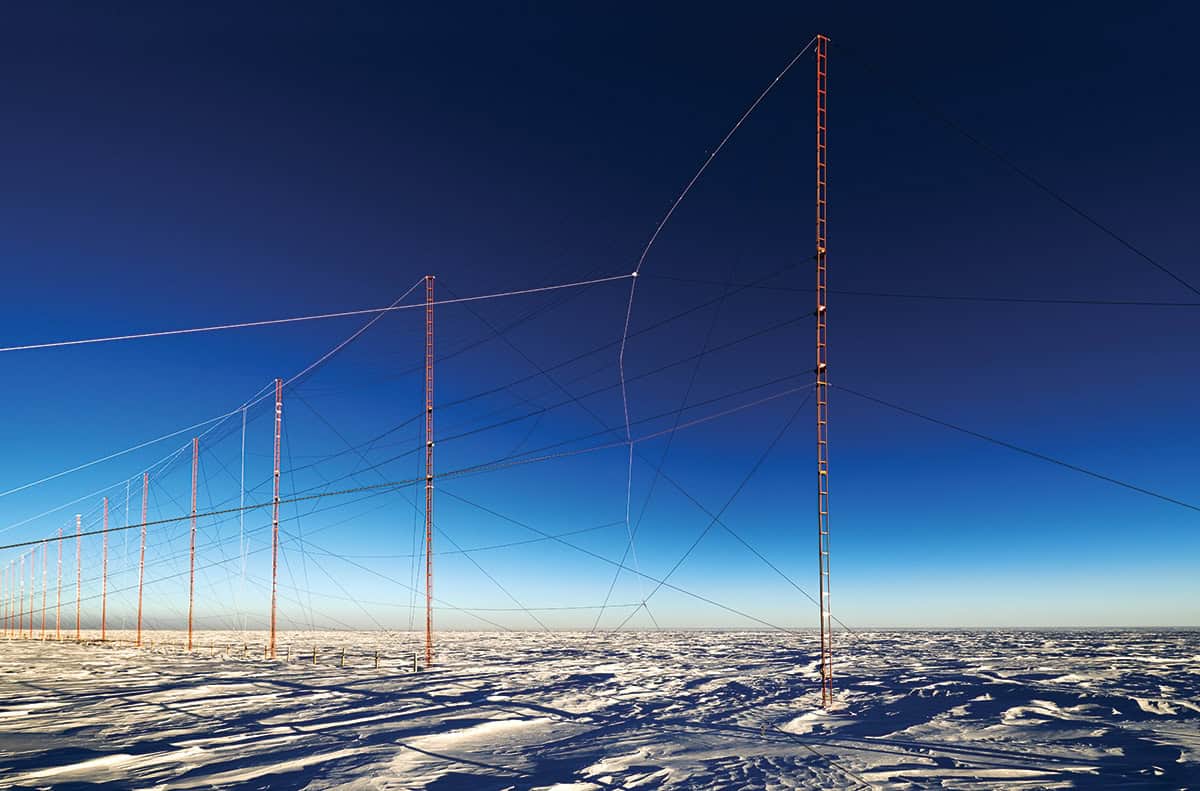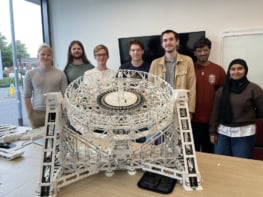Not everyone wants a comfy desk job. Enrico Sacchetti travelled to Antarctica to photograph some of the physicists and the facilities they use in the rugged, dramatic and remote White Continent
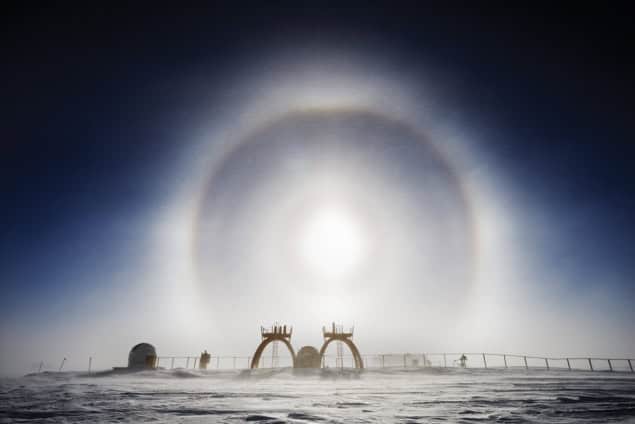
It is my search for adrenaline and adventure that led me to Antarctica. As a photographer who specializes in taking scientific and industrial images, I have travelled to many locations around the world that are often dangerous and hard to reach. Often, I’m obliged to wear specific clothing and equipment that protect me from the environment I am in, and for me this difficulty and danger are a large part of the attraction of my job.
But my trip to Antarctica was one of my most exciting yet. After months of research, meetings and logistical planning, in October last year I set off on a photographic project to document research supported by the Italian Science Foundation in the Antarctic. My destination was the Italian Mario Zucchelli Station, at Terra Nova Bay on the Ross Sea, and later the French–Italian Concordia Research Station, situated 1200 km inland on the Antarctic Plateau at an elevation of 3233 m.
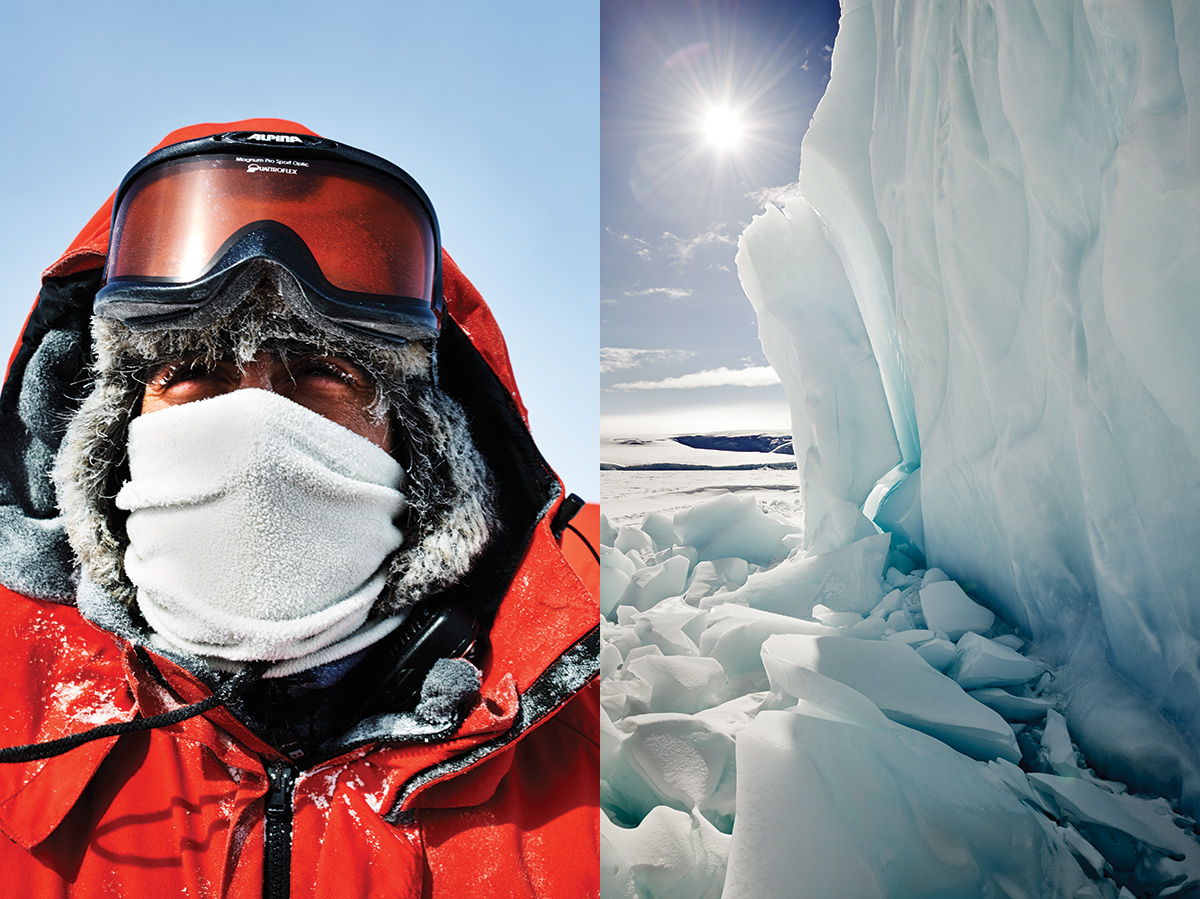
Getting there was a feat in itself– a 30-hour journey to Christchurch, New Zealand with about 50 kilos of baggage – followed, after a 36-hour stopover, by another 8-hour flight to Antarctica on-board a noisy C-130 military plane. I factored in the stay in New Zealand as I did not want to risk arriving on the ice so tired that I could not be immediately active.
As soon as I stepped off the C-130, the alien nature of Antarctica was truly jolting. I feasted on infinite views of the ice, which gave me an incredible feeling of isolation; I could taste the air, which was bitingly cold at –22.5 °C. But, as a photographer, what struck me most was the quality of the light. Almost completely absent of atmospheric pollution, the air was crystal clear. Following the researchers on planes, helicopters and snowmobiles to remote sites gave me a unique perspective of Antarctica and its scientific adventurers; I felt privileged to visit these places that almost no-one has seen before.
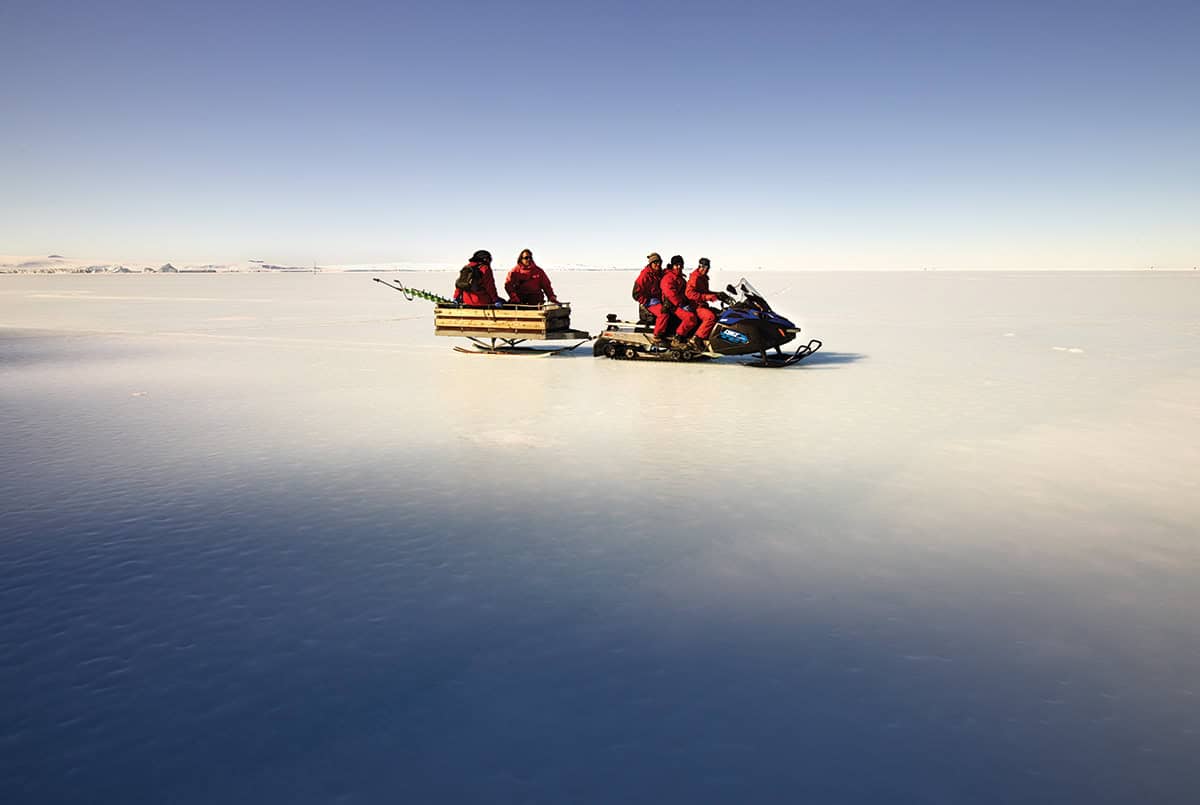
At Terra Nova Bay I photographed glaciers as well as scientists collecting silverfish egg samples, before travelling inland to Dome C – one of several summits of the flat Antarctic Plateau, and the site of Concordia Station. The transparency of the atmosphere here makes the station well suited to astronomy – stars can be observed even while the Sun is at an elevation of 38°. Experiments located here include the International Robotic Antarctic Infrared Telescope (IRAIT), which is used to study cool stellar objects in our galaxy in the infrared range, and the Antarctic Search for Transiting Exoplanets (ASTEP) 400 optical telescope, designed to identify exoplanets that are transiting their stars. Off-site there is also part of the Super Dual Auroral Radar Network (SuperDARN) – an international radar network for studying the upper atmosphere and ionosphere.
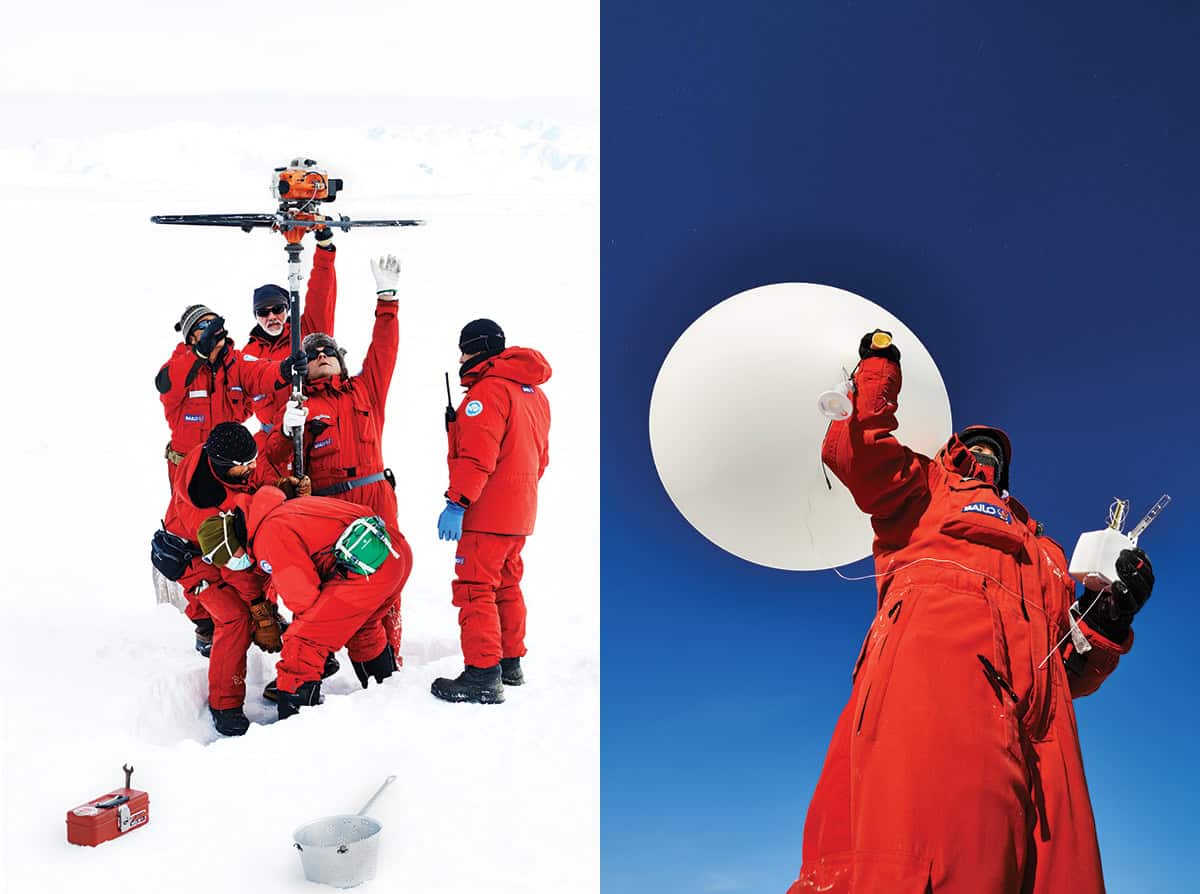
To my surprise, the photographic equipment held up perfectly in temperatures of –48.9 °C. I’m certain that the low humidity was a major factor. After all, Antarctica is one of the driest places on Earth – the Antarctic Plateau being the world’s largest desert.
Although I faced cold weather and high winds, these hardships did not take anything away from the experience of being surrounded by vast natural beauty and enveloped by such pure light. In fact, the inherent difficulties of the White Continent made me appreciate each and every image I shot.
